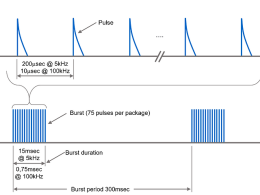Europe Electricity Year in Review 2023
The year 2023 marked a significant shift in the European electricity landscape, with a focus on renewable energy sources and a reduction in greenhouse gas emissions. According to the European Commission, the EU’s greenhouse gas emissions decreased by 1.3% in 2023, primarily due to the growth of renewable energy sources. The share of renewable energy in the EU’s energy mix increased to 34.6%, up from 32.2% in 2022. This trend is expected to continue, with the EU aiming to reach a 55% share of renewable energy in its energy mix by 2030.
Renewable Energy Growth
The growth of renewable energy in Europe was driven by the increasing cost competitiveness of solar and wind power. The cost of solar energy has decreased by over 70% in the last decade, making it more viable for households and businesses to invest in solar panels. Wind power has also become more cost-effective, with the cost of wind turbines decreasing by over 50% in the last five years. As a result, the EU’s solar and wind power capacity increased by 15% and 12%, respectively, in 2023.
Energy Efficiency Measures
Another key trend in the European electricity market in 2023 was the implementation of energy efficiency measures. The EU’s energy efficiency directive, which aims to reduce energy consumption by 32.5% by 2030, was a major driver of energy efficiency initiatives. Many European countries implemented building insulation programs, smart metering systems, and energy-efficient lighting solutions to reduce energy consumption. These measures not only helped reduce energy consumption but also created jobs and stimulated economic growth.
Electric Vehicle Adoption
The adoption of electric vehicles (EVs) in Europe continued to grow in 2023, with many countries investing heavily in EV infrastructure. The EU’s goal of having at least 50% of new car sales be electric by 2035 is expected to drive further growth in the EV market. As a result, many European countries are investing in EV charging infrastructure, with some countries offering incentives for EV buyers. The growth of EVs is expected to reduce greenhouse gas emissions from transportation, which currently accounts for over 20% of the EU’s total emissions.
Challenges Ahead
Despite the progress made in 2023, the European electricity market still faces several challenges. The integration of renewable energy sources into the grid remains a major challenge, with the need for advanced grid management systems and energy storage solutions. Additionally, the EU’s energy security is threatened by the ongoing conflict in Ukraine, which has disrupted gas supplies from Russia. To address these challenges, the EU has launched several initiatives, including the European Green Deal and the Clean Energy for All Europeans package.
The European electricity market is at a critical juncture, with the need for a rapid transition to a low-carbon economy. The growth of renewable energy sources, energy efficiency measures, and electric vehicle adoption are key drivers of this transition. However, the challenges ahead are significant, and the EU must continue to invest in grid infrastructure, energy storage, and energy security measures to ensure a smooth transition to a low-carbon economy.







